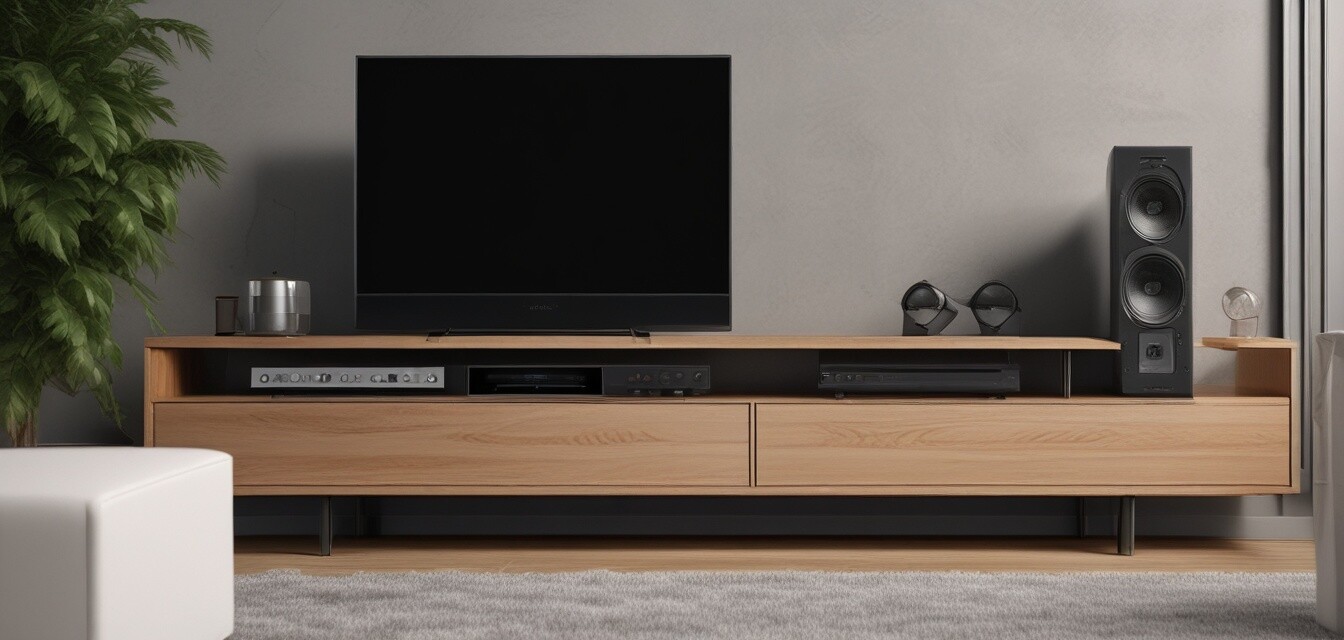
The Emergence of Hybrid Audio Systems
Key Takeaways
- Hybrid audio systems combine various technologies for enhanced sound experience.
- These systems cater to diverse listening environments and preferences.
- Factors driving the popularity include advancements in technology and consumer demand.
- They offer flexible setups, from home theaters to portable audio solutions.
- Stay informed about the latest trends in the speaker market with our News and Trends section.
The audio industry is witnessing a significant transformation with the rise of hybrid audio systems. These versatile setups blend various technologies to create an unparalleled listening experience, catering to the diverse needs of consumers. Let's explore the emergence of these innovative systems and their impact on the audio landscape.
What are hybrid audio systems?
Hybrid audio systems refer to setups that integrate different audio technologies, such as traditional speakers, Bluetooth connectivity, and smart device integration. These systems offer a flexible sound experience, allowing users to enjoy high-quality audio regardless of the environment. Here are some common types of hybrid systems:
- Hybrid Speakers: These combine wired and wireless capabilities.
- Home Theater Systems: Blending classic surround sound with modern streaming features.
- Portable Systems: Wireless options that maintain high sound quality.
Why are hybrid audio systems gaining popularity?
Several factors contribute to the increasing interest in hybrid audio systems, including:
- Technological Advancements: Improvements in audio processing have led to better sound quality.
- Flexibility: Users can adapt their systems to various spaces, from small apartments to home theaters.
- Consumer Preferences: A growing trend towards customizable audio solutions that cater to individual tastes.
Technological Impact
As technology continues to evolve, hybrid audio systems are continuously enhanced. For example, the integration of artificial intelligence allows for personalized audio settings based on user preferences. This means better sound quality and more intuitive controls.
Comparing traditional vs. hybrid audio systems
| Feature | Traditional Audio Systems | Hybrid Audio Systems |
|---|---|---|
| Connectivity | Primarily wired | Wired and wireless options available |
| Setup | Fixed installation | Flexible and adaptable |
| Use Cases | Home use only | Home, portable, outdoor, and more |
| Sound Quality | High quality | Usually superior, with advanced features |
Future Trends in Hybrid Audio Systems
As we look to the future, it is clear that hybrid audio systems will continue to evolve. Some trends to watch include:
- Increased Integration: As more devices become smart, the ability to connect seamlessly will improve.
- Sustainability: Eco-friendly materials and energy-efficient components will become common.
- Enhanced User Experience: Better interfaces and features that simplify the user journey.
- Adaptability: Systems will be designed to cater to varying settings and scenarios, from home usage to outdoor activities.
Expert Opinions on Hybrid Audio Systems
Industry experts highlight the significance of hybrid audio systems in the current market. Many agree that these systems represent the next logical step in audio technology, blending the best of both worlds. Their diverse applications make them appealing to a broad spectrum of consumers.
Conclusion
The emergence of hybrid audio systems marks a crucial turning point in the audio industry. Their ability to combine various technologies creates a unique and versatile sound experience, essential for modern consumers. As they continue to gain traction, it’s important to stay updated on trends and innovations in the field. For more information on speaker technology and trends, check our Buying Guides.
Pros
- Offer flexibility in terms of setup and usage.
- Provide high-quality audio across various devices.
- Appealing design choices that fit into modern homes.
- Ability to stream music directly from smart devices.
Cons
- Potentially higher cost compared to traditional systems.
- Complex setups can be intimidating for some users.
- Compatibility issues may arise with older devices.